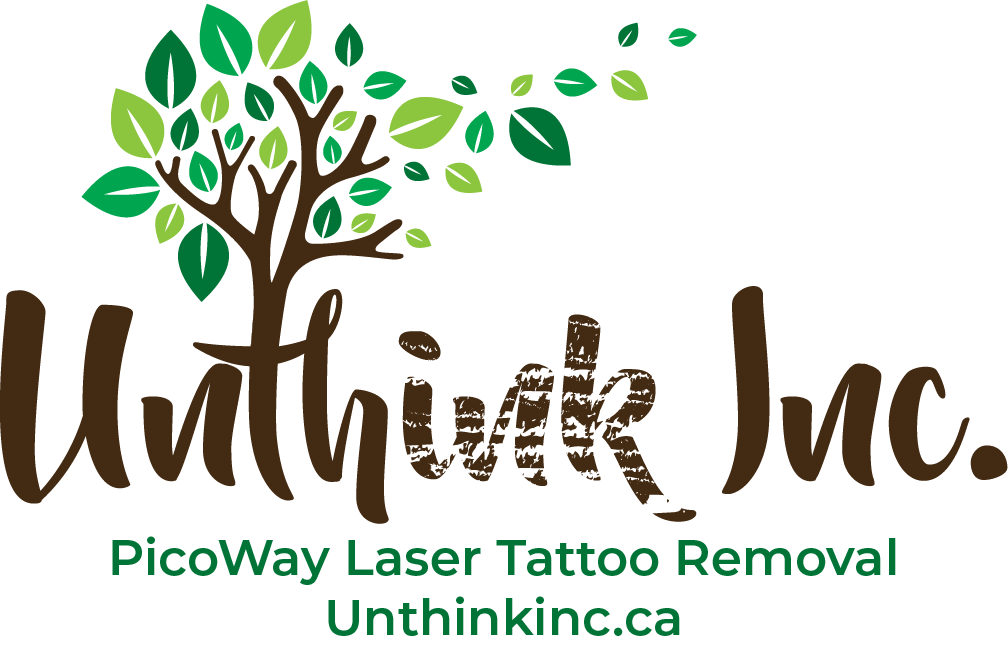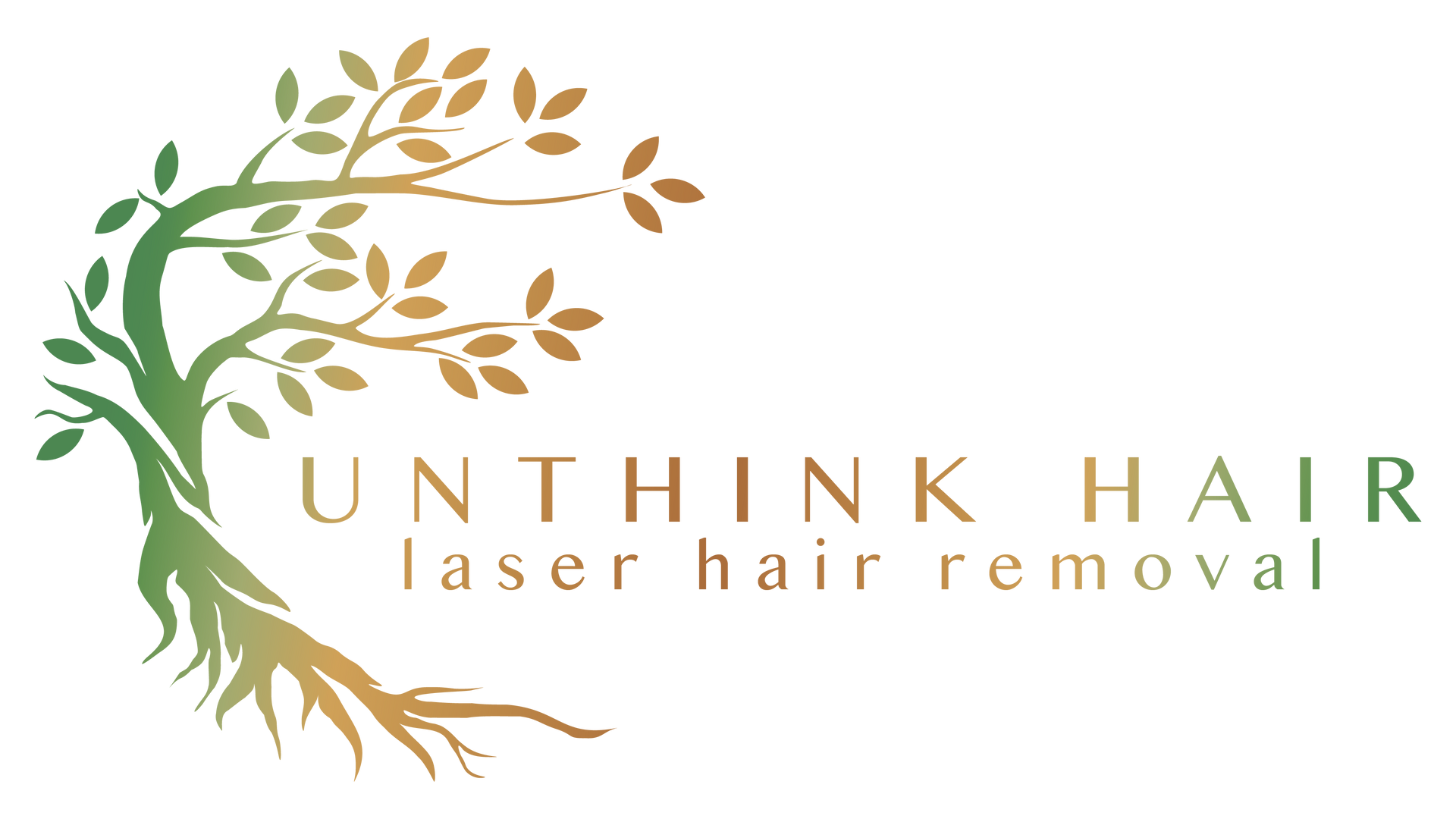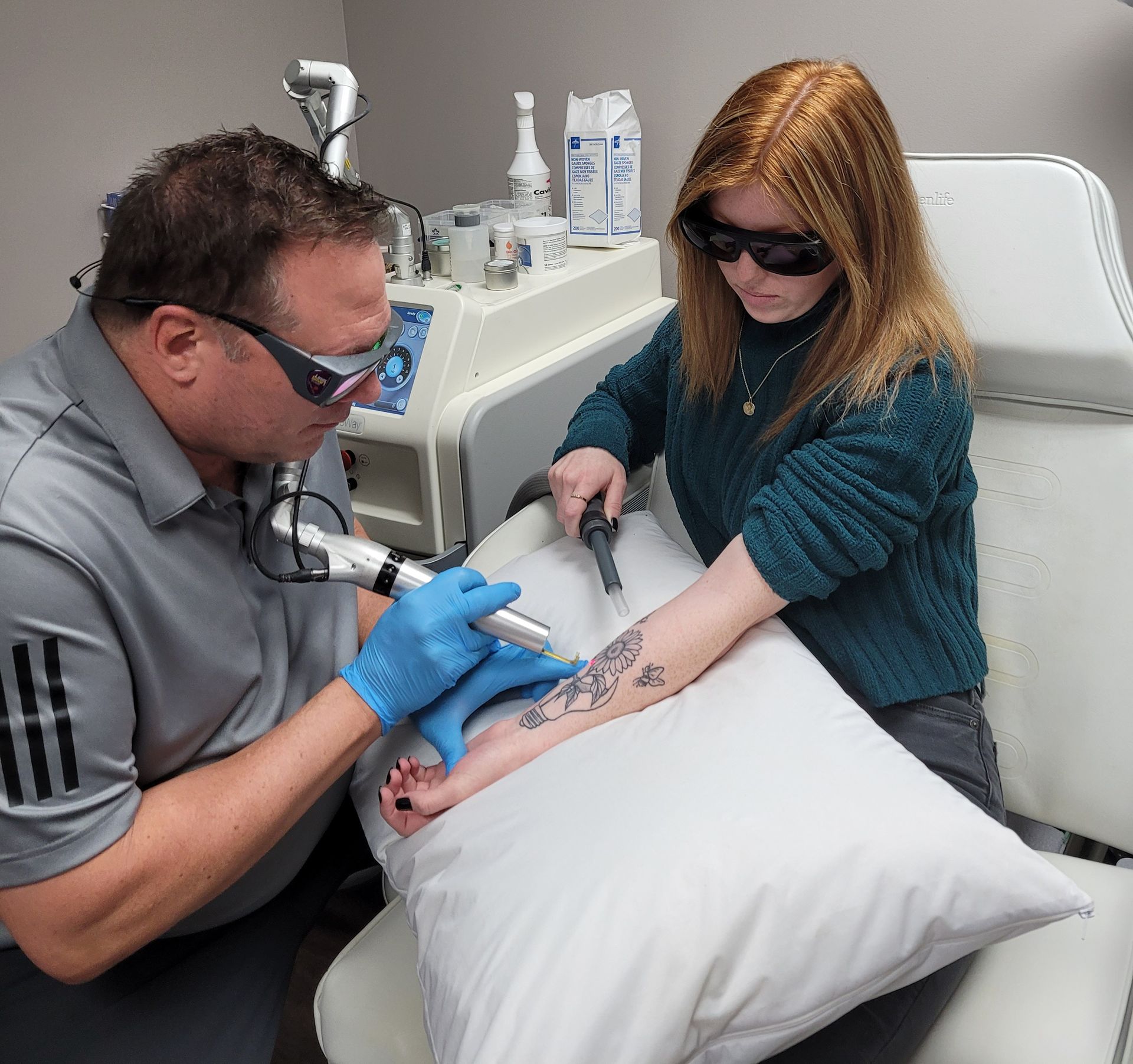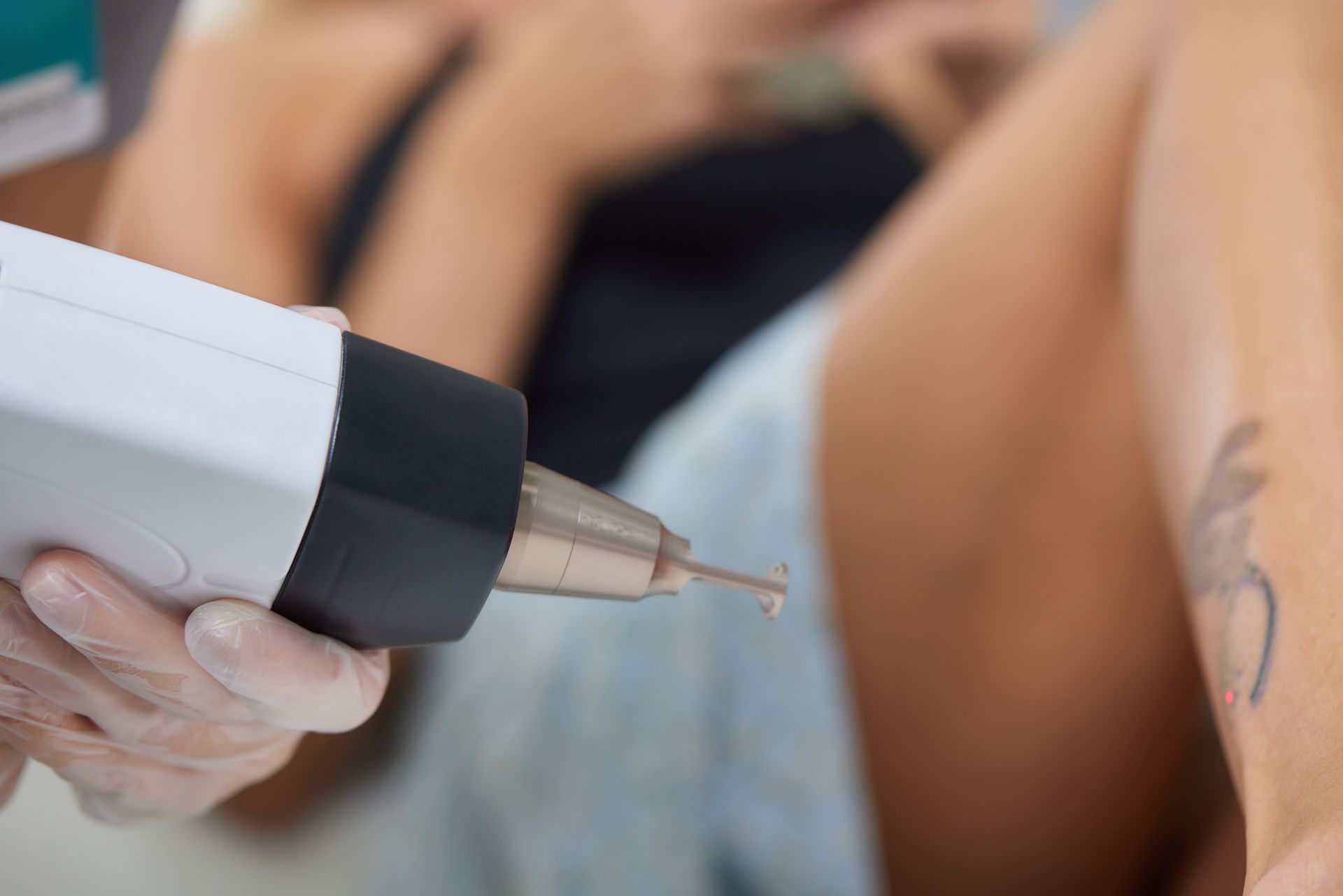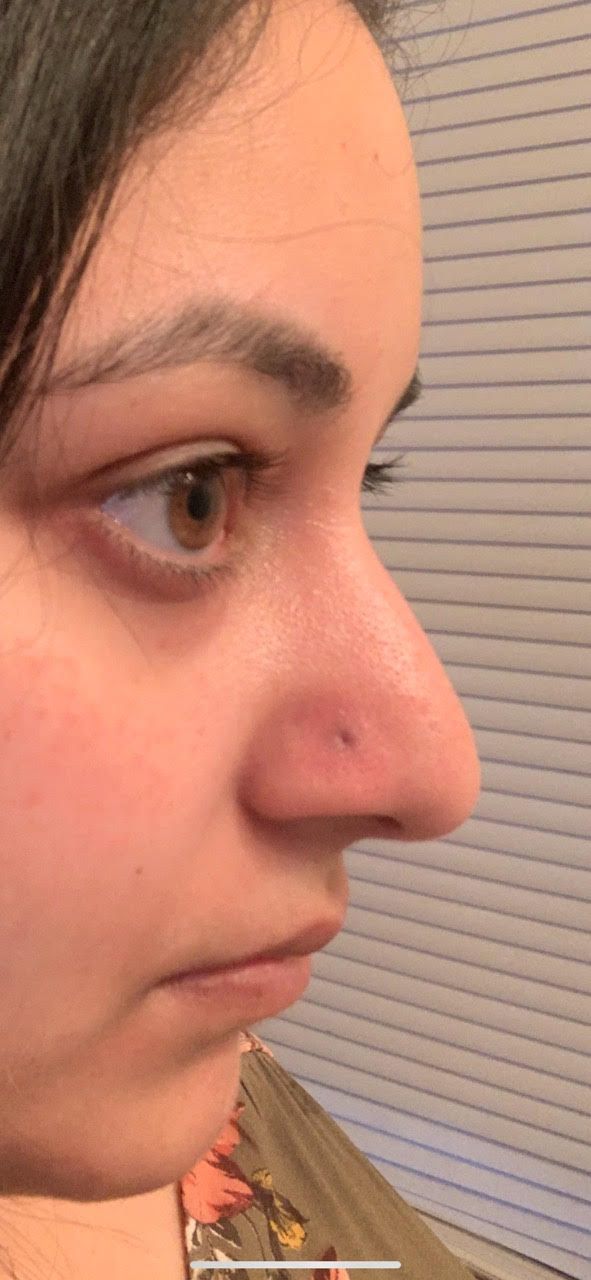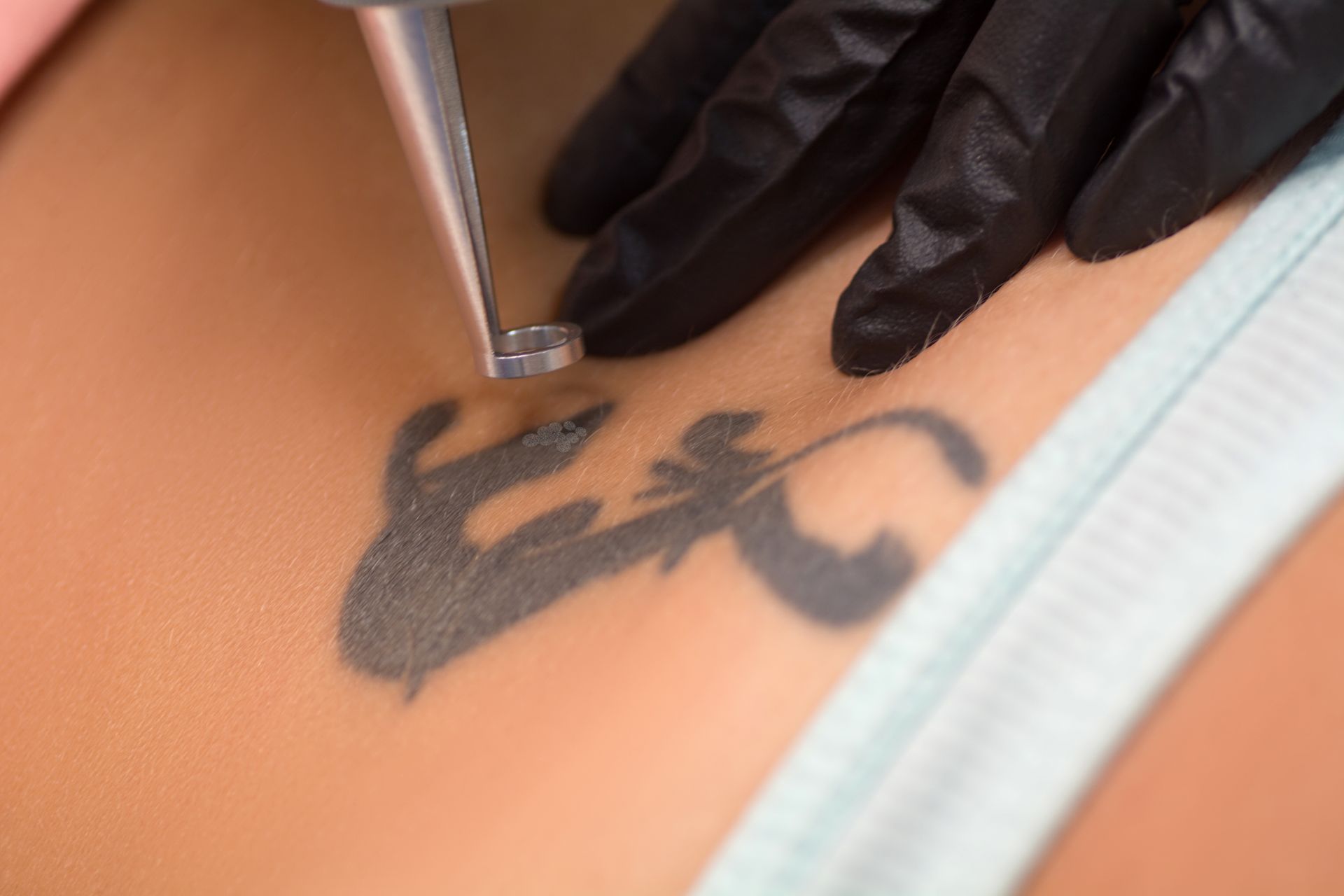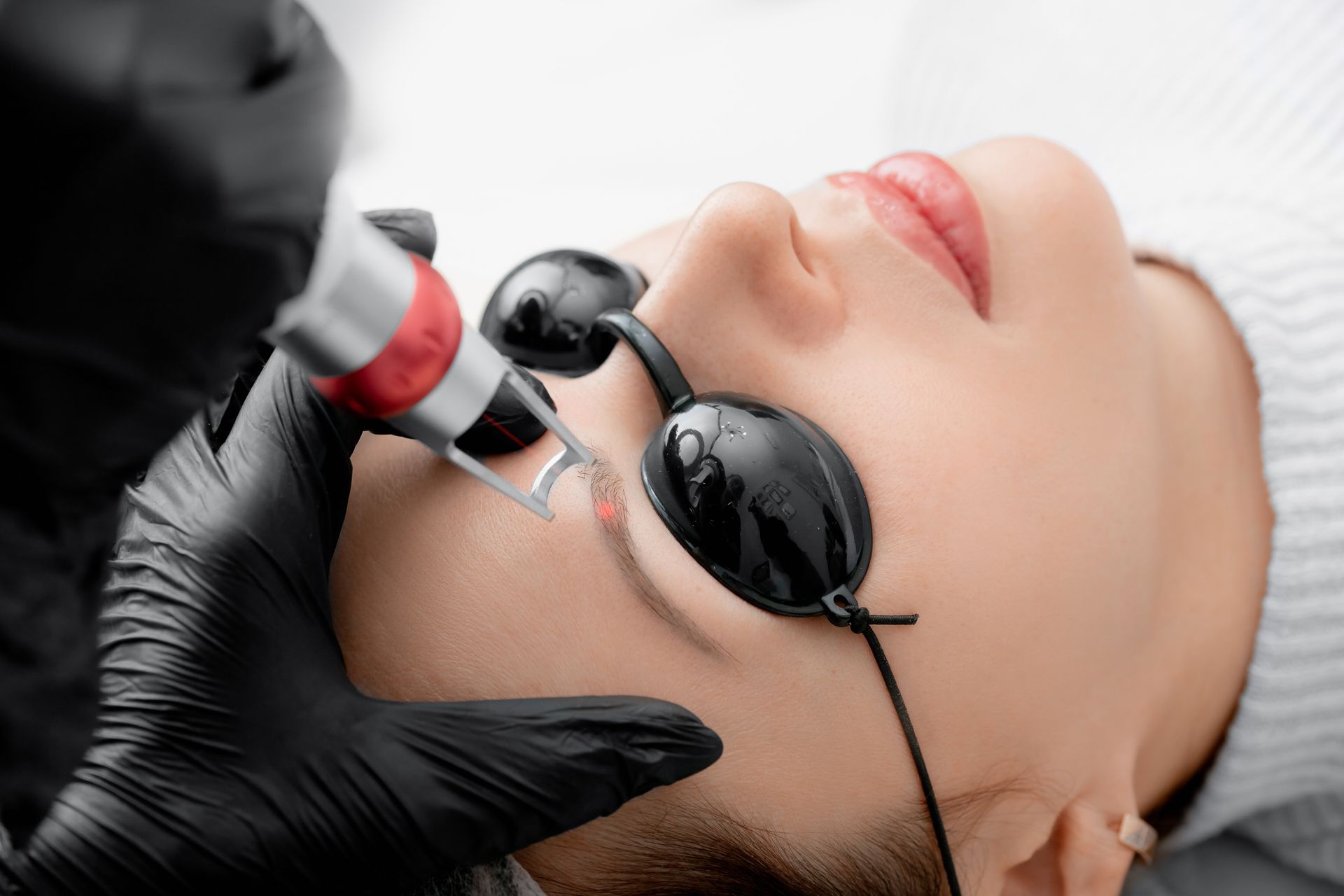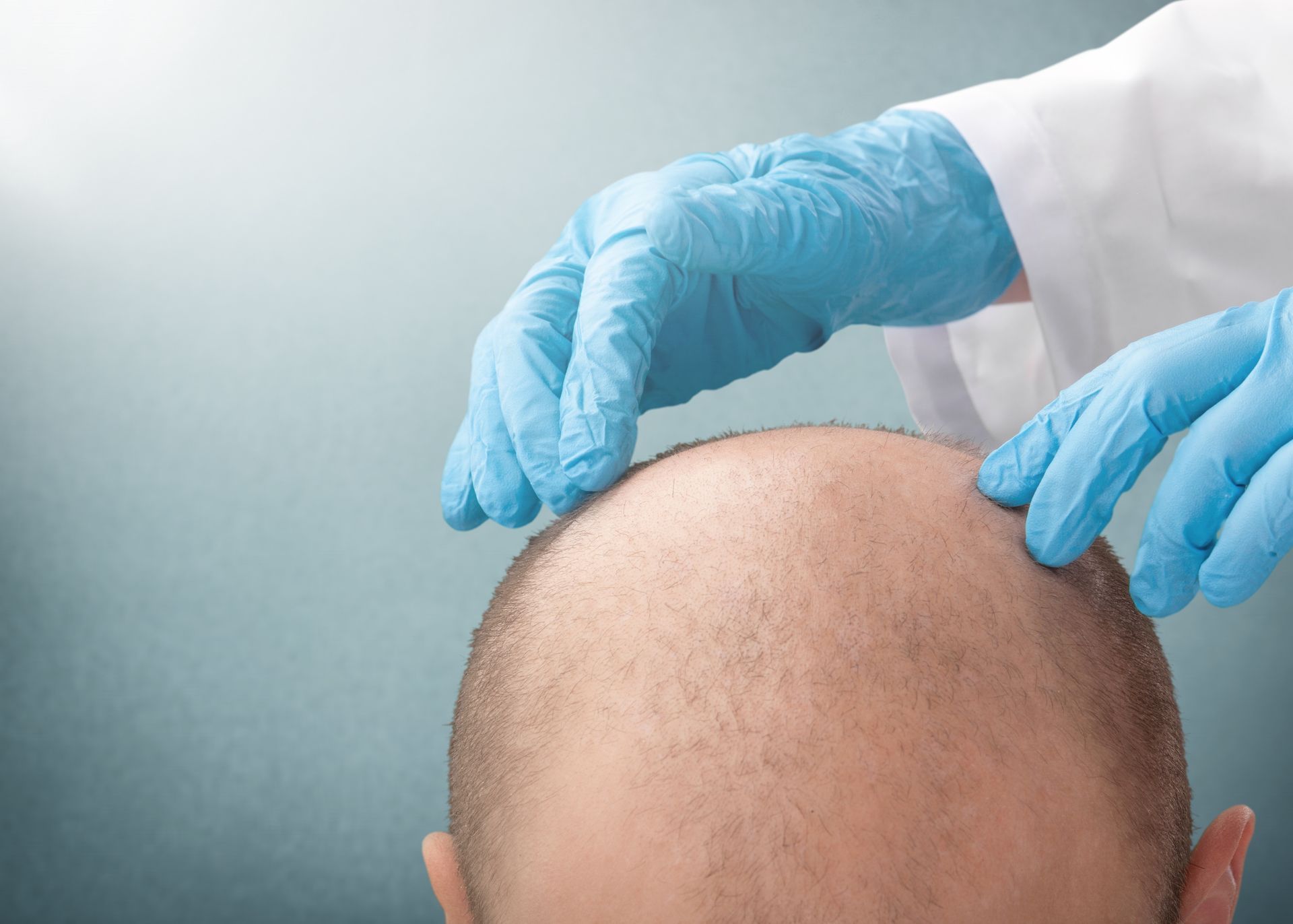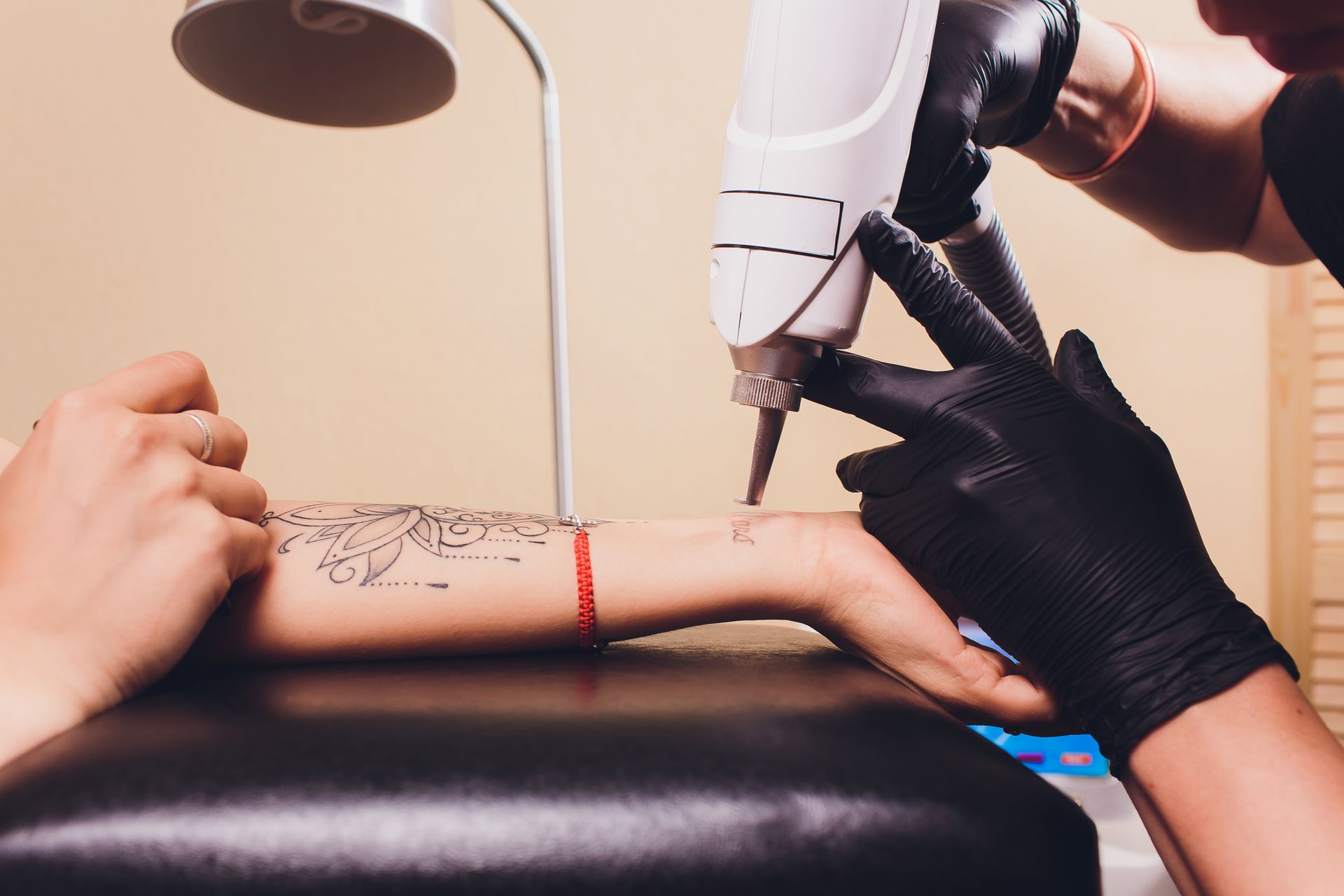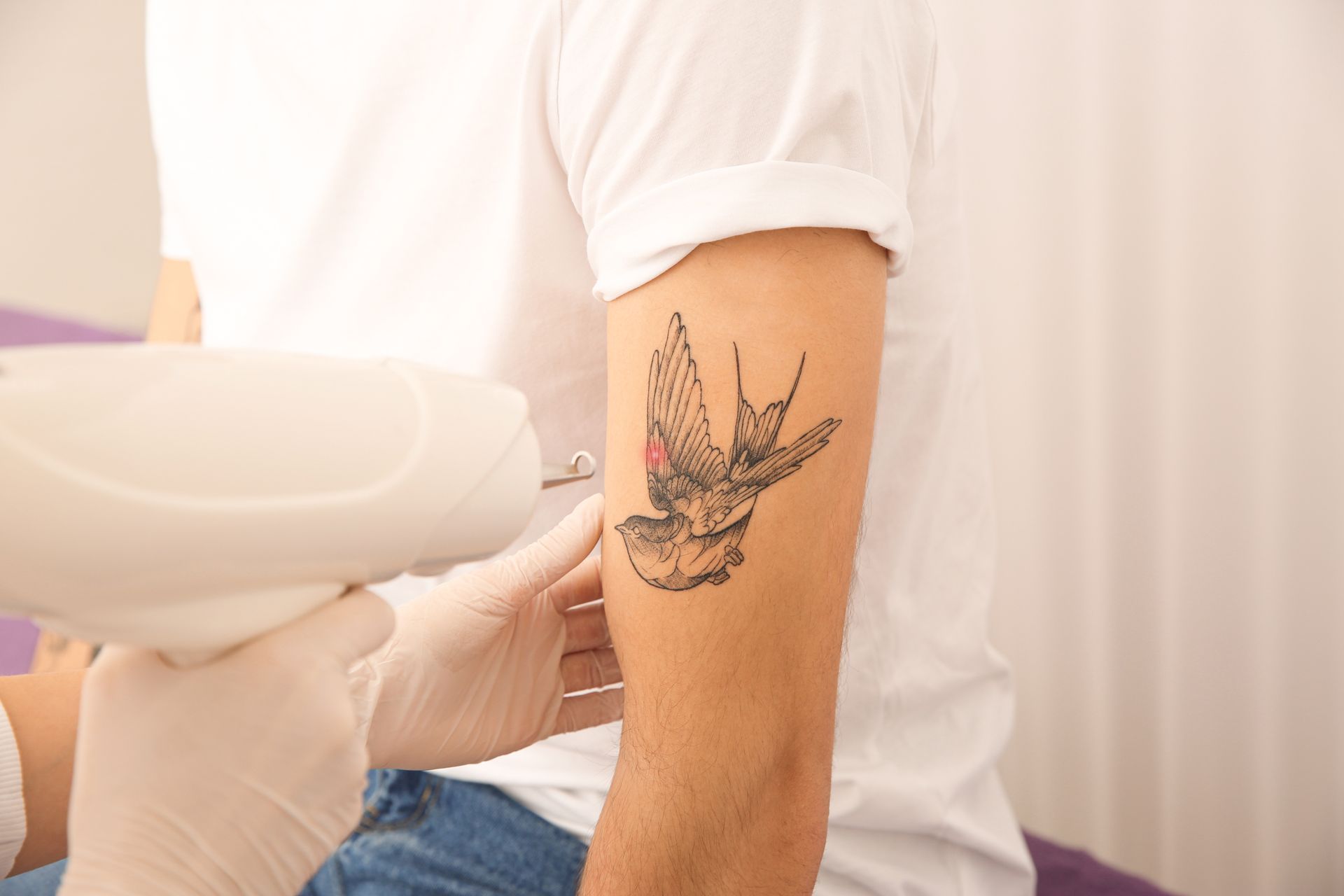What Happens In Between Laser Tattoo Removal Appointments?
Coming into our clinic for one of your six laser tattoo removal sessions a small part of the removal process. The time in between treatments is just as important (if not more) as the time spent in our chair.
For those who are not versed in the world of tattoo removal, there is a common misconception that lasers alone remove unwanted ink. This is not true. Laser technologies are only one part of a much larger removal process.
At Unthink Inc. we ensure our clients are fully aware of how the entire tattoo removal process works. From the actual removal with Syneron Candela’s advanced PicoWay laser to th e six to eight weeks of time in between sessions.
During treatment the PicoWay laser glides over the tattoo, pulsating picosecond (one trillionth of a second) pulses of light energy into the skin and breaking up ink particles into very tiny pieces. These fragments of ink are then a bsorbed by the body’s lymphatic system , where they are then removed through natural waste processes.
This process is not instantaneous. The absorption and removal of ink (phagocytosis) takes time, which is why treatments must be spaced about six to eight weeks apart. Immediately after treatment, tattoos may appear white with the “frosted” effect. This is the body’s natural reaction to the laser energy affecting the moisture under your skin as it sends fluid to the area to flush away the tiny ink particles. It is temporary and completely normal as well as a good indication that the process is working.
Any swelling and redness will subside after the first 24 to 48 hours, however, the removal process will continue for the full six to eight-week interval. The body needs this time to fully remove the newly pulverized ink particles. Only by approximately fifth week does the ink begins to noticeably fade.
If another session is performed before the six-week minimum, risks could arise . Similarly to how a cast wouldn’t be removed from broken bones too early, a tattoo should be fully healed before treated again.
There are many f actors that contribute to how long this interval will last. Those who don’t smoke, maintain a healthy diet, exercise regularly and stay hydrated with at least two litres of water a day are among those who see a shorter downtime. However, other factors such as where the tattoo is placed, age and saturation may also impact healing time.
Ink that is closer to the heart usually has quicker clearance , as the blood around this area is constantly being circulated. However, patches of skin that are farther from the heart—such as hands, feet, fingers and toes—can sometimes take longer or need extra sessions to achieve full ink clearance.

Above is an example of a client who is having tattoos removed on her fingers. Ink is usually quite dark, saturated and deep in these areas. Although hands and fingers are notorious for poor blood circulation, she was able to achieve noticeable ink fading after just one treatment. After a full round of five to six treatments spaced eight weeks apart, her tattoo will be completely cleared.
To learn more about our advanced tattoo removal process, book your free consultation with our expert technician today.
